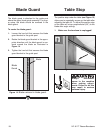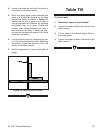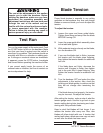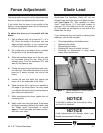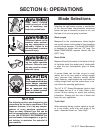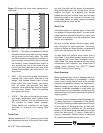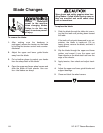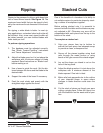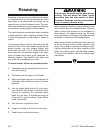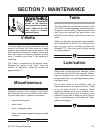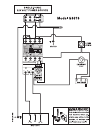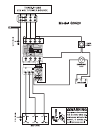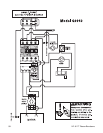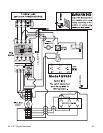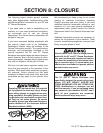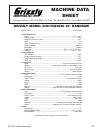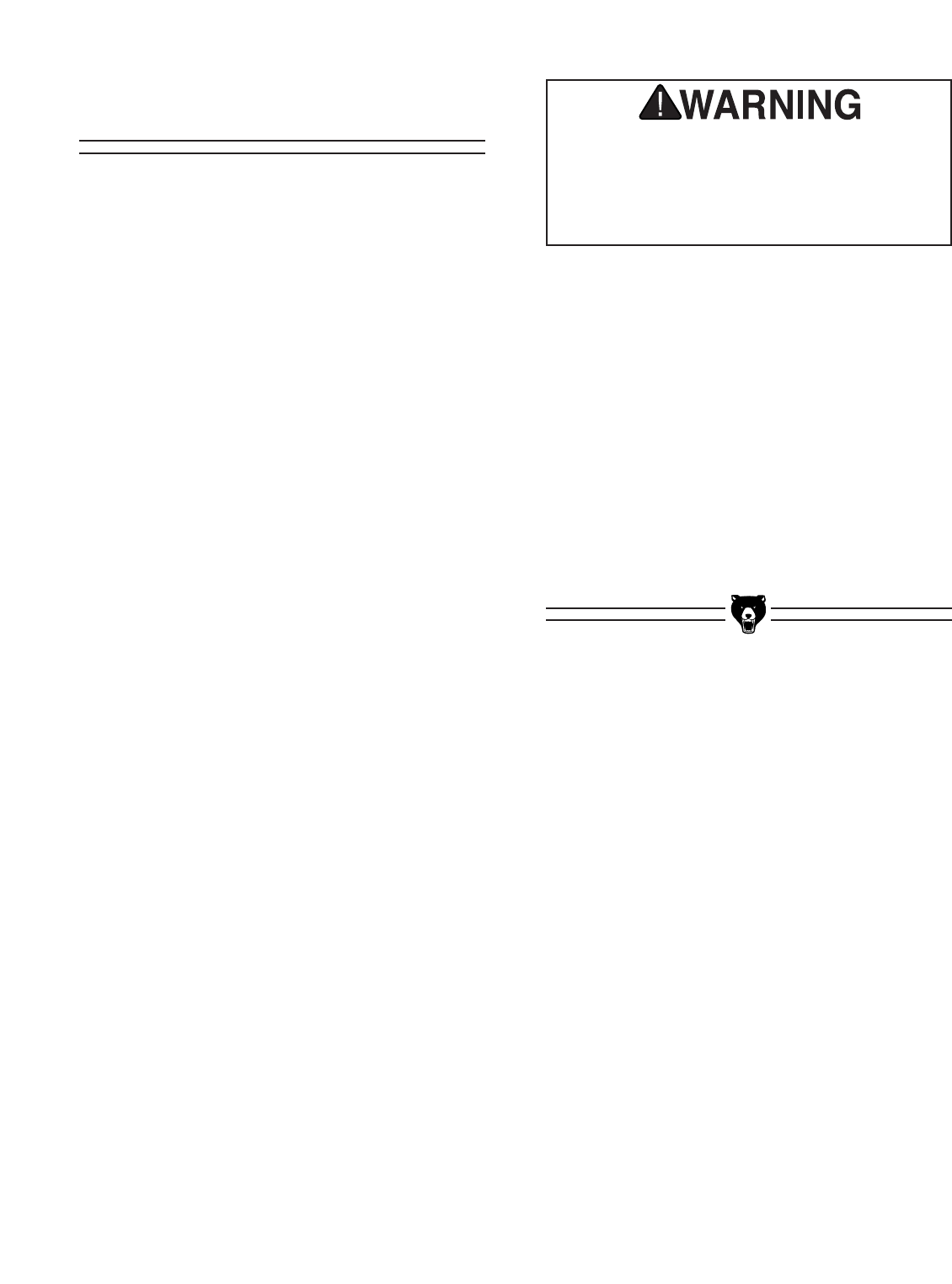
-26- 24" & 27" Resaw Bandsaws
Resawing
Resawing is the process of cutting the thickness
of a board into two or more thinner boards. Each
new board is the same width and length as the
original board, but the thickness is less. The max-
imum board width that can be resawn is limited by
the maximum cutting height of the bandsaw.
The most important consideration when resawing
is blade selection. When selecting a blade, keep
in mind that generally a wider blade is easier to
control.
In most applications a hook or skip tooth style will
work fine. Also, since most resawn lumber will be
planed smooth, you can choose blades with
fewer teeth per inch (3 to 6). While blades with
fewer teeth per inch produce rougher cuts, these
types of blades offer larger gullet capacities for
clearing sawdust, they produce less heat, and
they yield more horsepower per tooth.
To resaw lumber, follow the procedure below:
1. The blade must be adjusted correctly for ten-
sion and tracking.
2. The fence must be square to the blade.
3. Adjust the blade guard so it is just above the
workpiece with a minimum amount of blade
exposed.
4. Use the widest blade that will fit your band-
saw. (Use the data sheets in the back of this
manual to determine the maximum blade
width for your saw.) The blade must also be
sharp and in good condition. Read “Blade
Lead” instructions.
5. Use the fence to guide the work.
6. Support the ends of the board if necessary.
7. Feed the work slowly and evenly.
When resawing, consider using an auxiliary fence
that is higher than the standard fence. This pro-
vides a more solid surface for the workpiece to
slide against. An auxiliary fence can be made
from any straight and flat piece of lumber and can
be bolted or screwed to the standard fence.
When using a fence to guide the board, the actu-
al line of cut may not be exactly parallel to the
fence. This is due to a number of reasons involv-
ing the configuration of the table, condition of the
blade, the cutting forces, and the blade tension.
To correct this condition, refer to the “Blade Lead”
instructions.
Do not force the wood into the blade during
cutting. This will distort the blade, cause
excessive heat and often results in blade
breakage. Breakage can cause lacerations,
cuts, or serious personal injury.



